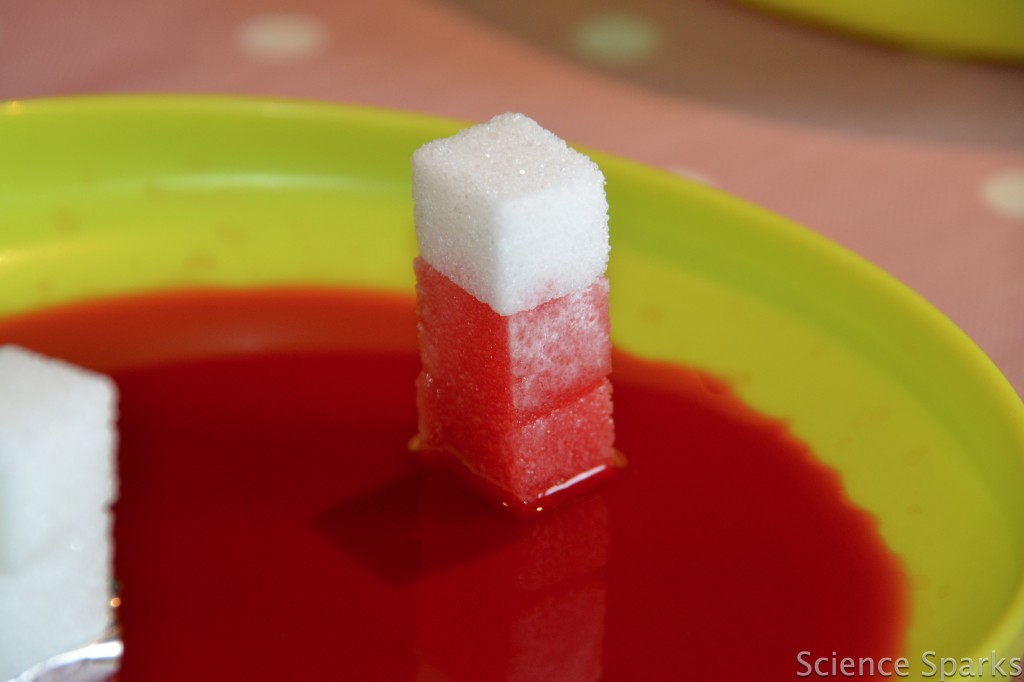

So you go to the sink and put your hand under the running water.

Imagine for a moment that you’re super thirsty, but you don’t have a cup. It’s been studied countless times since the 1960s, and the power of sugar still holds up. This discovery has had wide-reaching implications, from elite athletics to everyday health, and is the foundation of modern hydration science. His work and the work of many others contributed to what is now known as Oral Rehydration Therapy, a profound scientific breakthrough that revolutionized treatments during cholera outbreaks for dangerously dehydrated patients. That’s the year that a doctor named Robert Crane identified the glucose “cotransport,” the concept that sugar activates the absorption capabilities of the small intestine. So…Sugar Water? Since When Is That a Thing? Luckily, decades of scientific research have revealed that there is a magic formula for effective hydration: a little sugar and a little salt added to plain water give it the staying power for maximal absorption and optimal effects. Or it can keep moving through your system and out of your body before it has the chance to do much good. It can either get absorbed by your small intestine and distributed throughout your body, aiding everything from immune health to exercise recovery. The water you drink will always get delivered to your stomach, but what next makes all the difference. But drinking water does not necessarily mean absorbing water. Hydration seems simple enough: If you drink a glass of water, boom! You’re hydrated. Absorption: How a Pinch of Sugar Makes the Difference


 0 kommentar(er)
0 kommentar(er)
